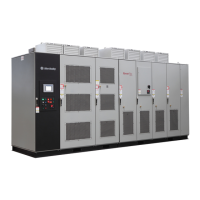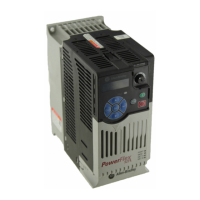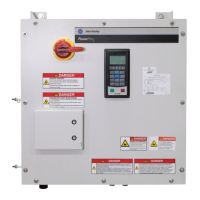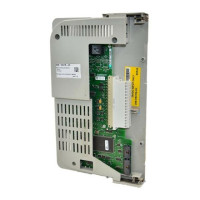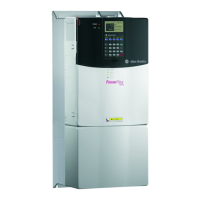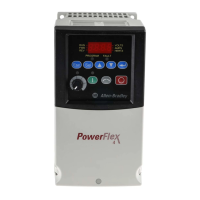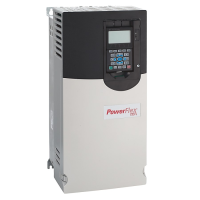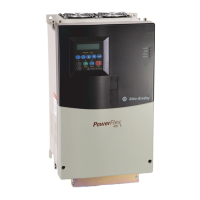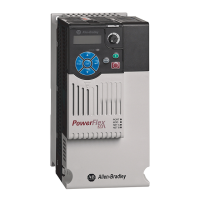2-116 Process PI Loop
Process PI Loop [PI Config]
[PI Control]
[PI Reference Sel]
[PI Setpoint]
[PI Feedback Sel]
[PI Integral Time]
[PI Prop Gain]
[PI Upper/Lower Limit]
[PI Preload]
[PI Status]
[PI Ref Meter]
[PI Feedback Meter]
[PI Error Meter]
[PI Output Meter]
The internal PI function provides closed loop process control with
proportional and integral control action. The function is designed to be used
in applications that require simple control of a process without external
control devices. The PI function allows the microprocessor to follow a
single process control loop.
The PI function reads a process variable input to the drive and compares it
to a desired setpoint stored in the drive. The algorithm will then adjust the
output of the PI regulator, changing drive output frequency to try and make
the process variable equal the setpoint.
Proportional control (P) adjusts output based on size of the error (larger
error = proportionally larger correction). If the error is doubled, then the
output of the proportional control is doubled and, conversely, if the error is
cut in half then the output of the proportional output will be cut in half. With
proportional control there is always an error, so the feedback and the
reference are never equal.
Integral control (I) adjusts the output based on the duration of the error.
(The longer the error is present, the harder it tries to correct). The integral
control by itself is a ramp output correction. This type of control gives a
smoothing effect to the output and will continue to integrate until zero error
is achieved. By itself, integral control is slower than many applications
require and therefore is combined with proportional control (PI).
Derivative Control (D) adjusts the output based on the rate of change of the
error and, by itself, tends to be unstable. The faster that the error is
changing, the larger change to the output. Derivative control is generally not
required and, when it is used, is almost always combined with proportional
and integral control (PID).
The PI function can perform a combination of proportional and integral
control. It does not perform derivative control, however, the accel / decel
control of the drive can be considered as providing derivative control.
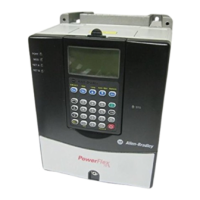
